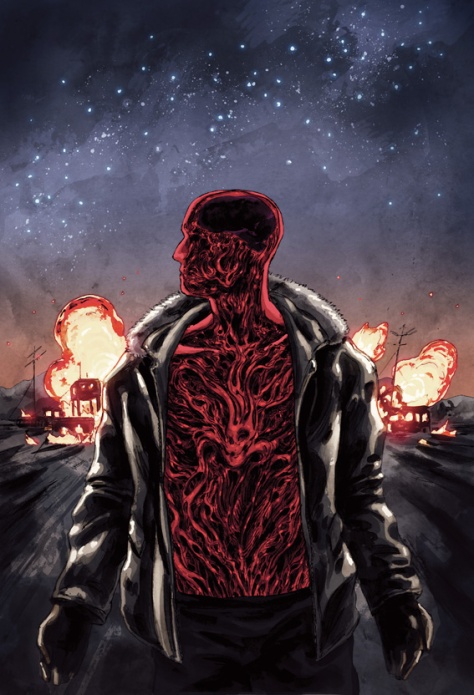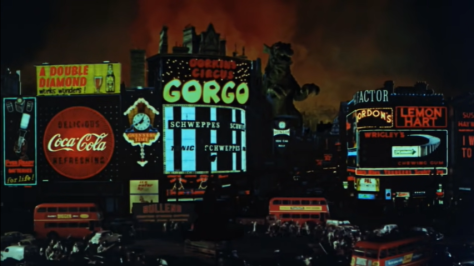
It didn’t take long for the new wave of indie and lower budget creature features to get noticed by the big studios—after the 2000s and very early 2010s saw accomplishments and milestones in genre filmmaking like previous Creature Classic subject The Descent, many of the directors of those projects were being recruited to helm big budget blockbusters. The ostensible purpose of plucking upstarts from the film festival and fan circuits was to lend artistic credibility to what have mostly been franchise revivals, suggesting that the studios were looking for new takes on classic concepts that would speak to the modern audiences just as the smaller films had. In practice, it was simply appropriating any credibility those filmmakers had while taking advantage of their lack of Hollywood clout to force them into the studio assembly line. You might be able to detect something of their previous creativity once they had their names on a major movie, but it was a gamble whether or not these directors ever got a real opportunity to live up to their earlier promise.
Digital effects artist-turned-director Gareth Edwards is one example of that phenomenon: his debut film Monsters is a modern reconfiguration of the giant monster movie that earned much acclaim and almost immediately got him the job of shepherding the second American Godzilla film that released in 2014. That is a mighty quick and impressive turnaround, going from a modest kaiju project to the actual King of the Monsters in almost no time at all—but that’s how the indie-director-to-pipeline was accelerated back then, and you can see it even in the American Godzilla films that followed Edwards’, most of them directed by other directors who started out in the world of small scale cult genre films. Edwards has never really left the Hollywood system since making the leap, helming a Star Wars movie and currently directing yet another Jurassic Park sequel (taking over from another indie-genre-recruit from the early 2010s, Colin Trevorrow.) He also directed the completely original Sci-Fi movie The Creator last year, which attempts to bridge the gap between his smaller-scale starting point and all his franchise work.
So, based on the fact that this movie ultimately had a direct impact on the Godzilla series, Monsters is worth examining closer. What likely got Edwards’ work noticed in 2010 were the kind of small-scale innovations that give a worn out genre a new sense of life, many of them adaptive concessions to budgetary limitations, alongside a story and atmosphere that no big budget spectacle would likely ever attempt. In Monsters, you see larger-than-life creatures in ways that emphasize their mysterious and unknowable qualities while grounding everything else in a recognizable reality, making the disaster elements feel less like the building-smashing excess we’ve come to expect. Despite going from a movie that cost $500,000 to one that cost around $160,000,000, many of those innovations were still readily evident in Godzilla 2014—to a potentially annoying and ill-fitting degree, as some may argue, but it was going for something, at least.
Continue reading Monsters (2010)








